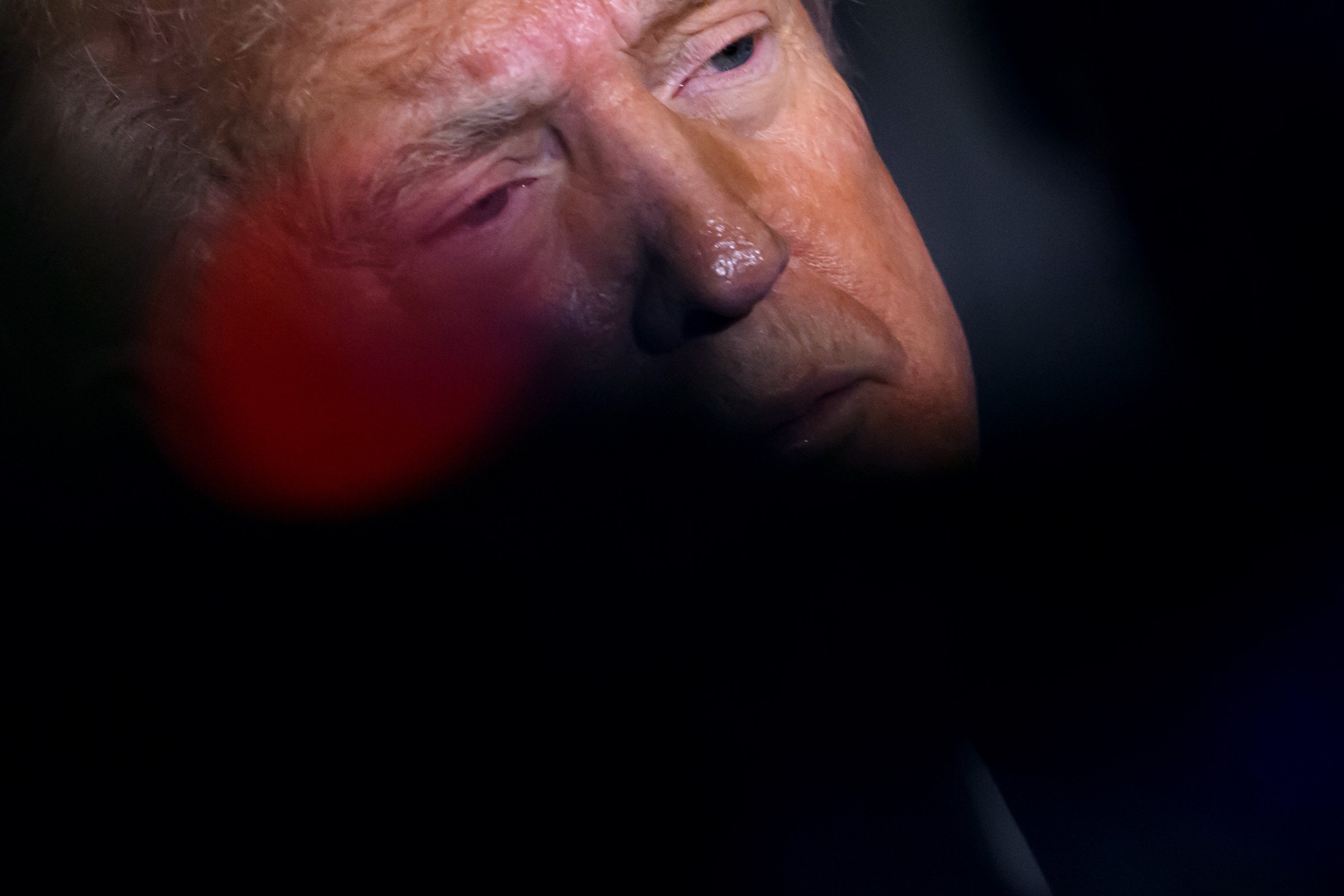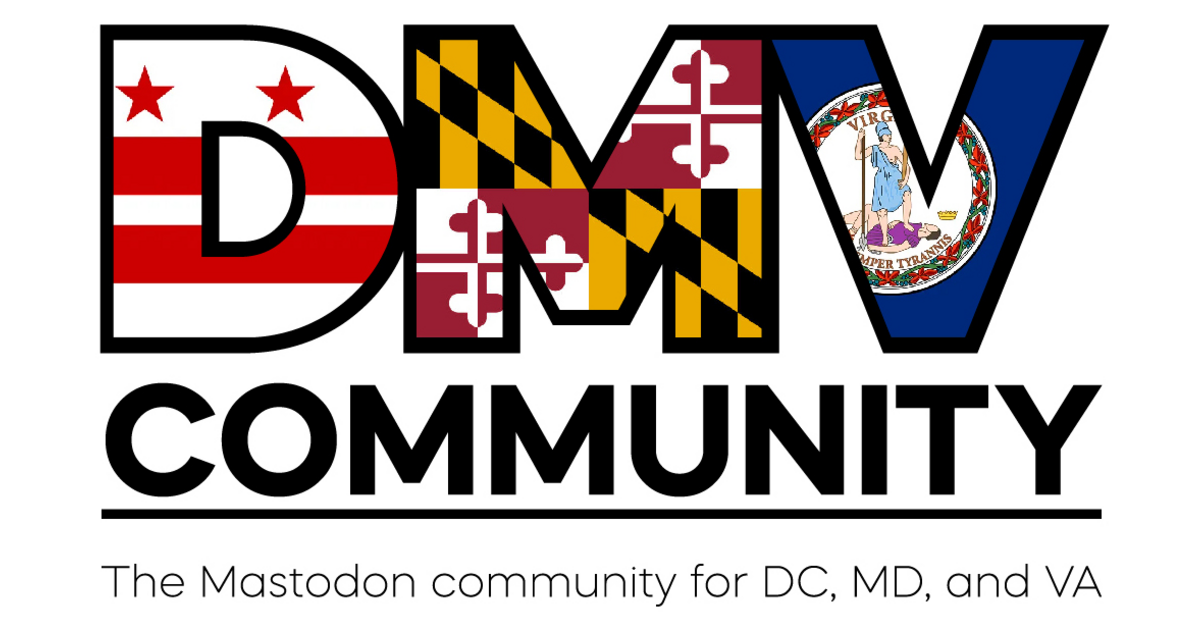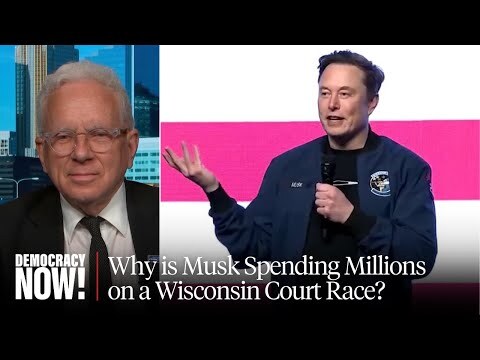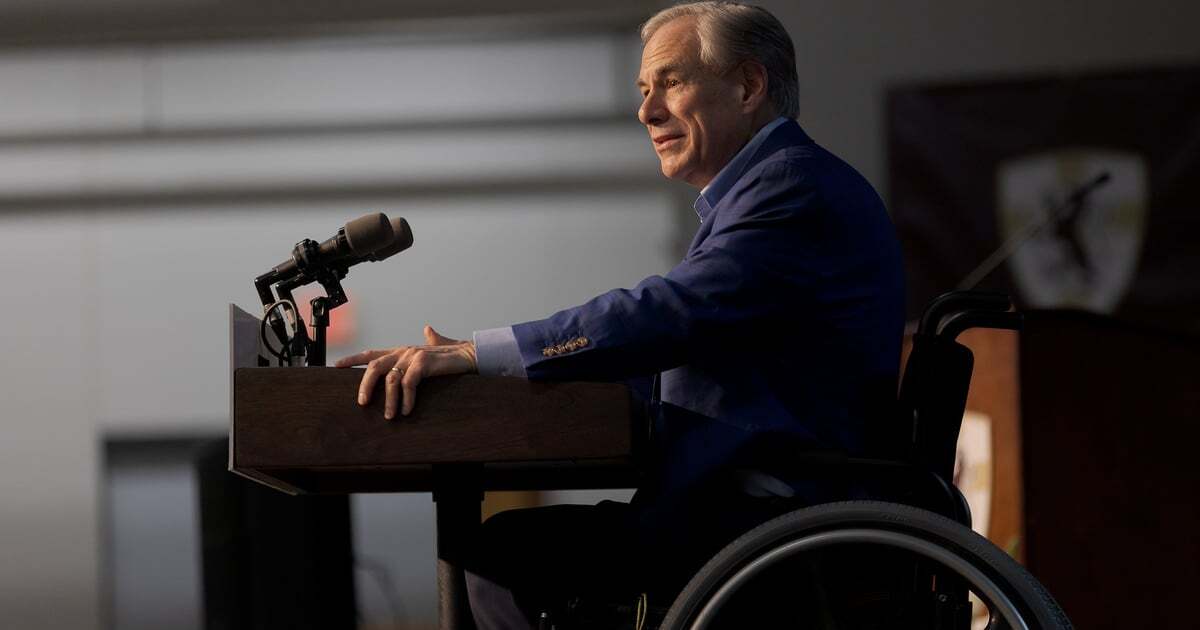For decades, the right has targeted the protections of the 1965 Voting Rights Act,
most visibly via court decisions,
as well as spurious voter roll #purges and #gerrymandering efforts,
which warp territorial districting law to divide opponents and consolidate supporters.
One of the most reliable methods of suppression, though,
is to tighten #voter #identification rules.
Requiring #citizenship #paperwork, which many (fully eligible) citizens do not possess,
leads to the emergence of a racially inflected pattern of #vote #suppression.
If you make voting as inconvenient and costly as possible,
by default, some percentage of those who are short on money and time
— people of color, students, low-income workers and others who juggle lots of obligations with few resources
— will decide that getting to the polls just isn’t worth it.
Maximizing this effect is the primary motive driving the rampant right-wing infringements on democratic participation,
Trump’s latest order included.
To justify these measures, the executive order purports to combat large-scale voter fraud:
the familiar right-wing myth that millions of illicit votes are cast in the U.S., in numbers that could throw a presidential election.
(The real nationwide illegal vote count is a few hundred, at most
-- of those, quite a few were Trump voters.)
The type of voter fraud claimed by the right is so vanishingly rare as to be an utterly negligible force in U.S. politics.
If anything can be said to constitute actual substantive electoral fraud,
it is the right’s systematic and wildly successful campaign to #obstruct voting rights.
Trump’s order,
while perhaps the most aggressive foray into voter suppression of late,
is far from the only effort to impair democracy.
Right now the SAVE Act is making its way through Congress;
the Republican-sponsored legislation would alter registration procedures
and demand proof of citizenship documents like
a passport, birth certificate or naturalization certification.
(As NPR reported, researchers have found that 1 in 10 voting-eligible Americans don’t possess these documents.)
️
There’s notable overlap between the two efforts
— the administration seems to be hedging its bets.
“A lot of [the executive order] tracks pretty closely with what’s in the SAVE Act,”
said Diaz.
Should the SAVE Act fail, the executive order may
allow “the White House to get around the congressional lawmaking process
-- and do whatever they want.”










